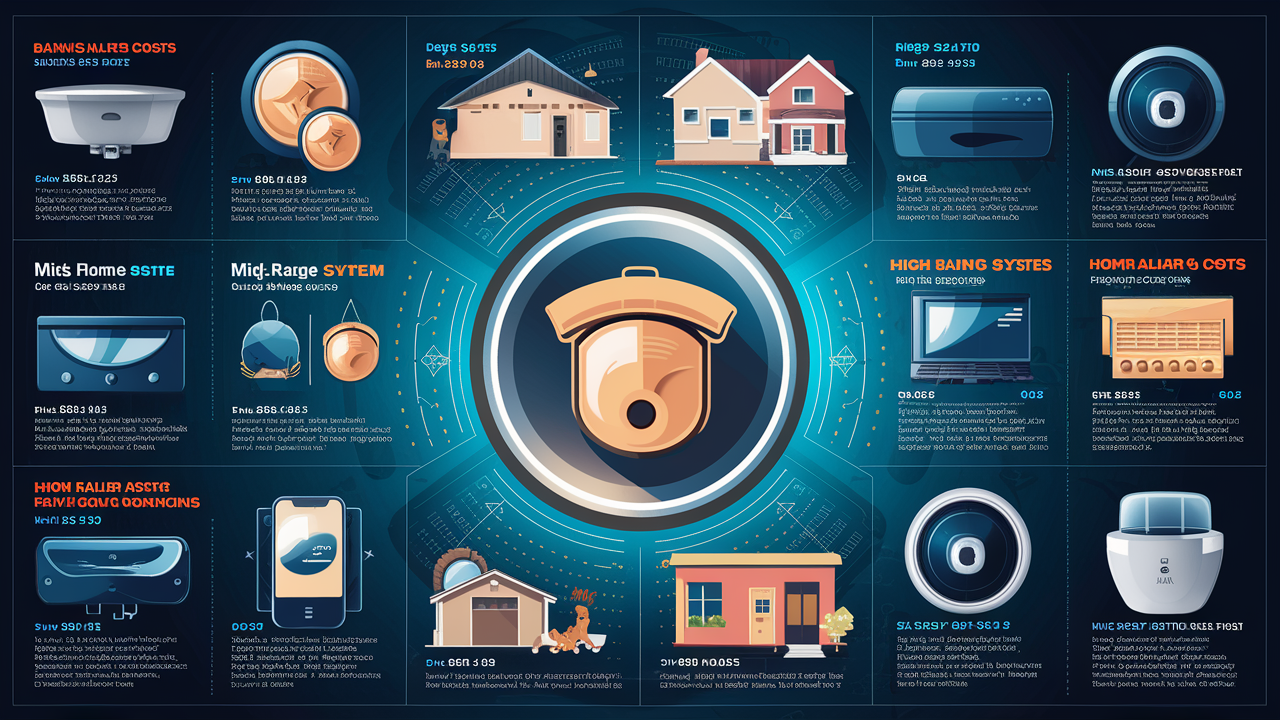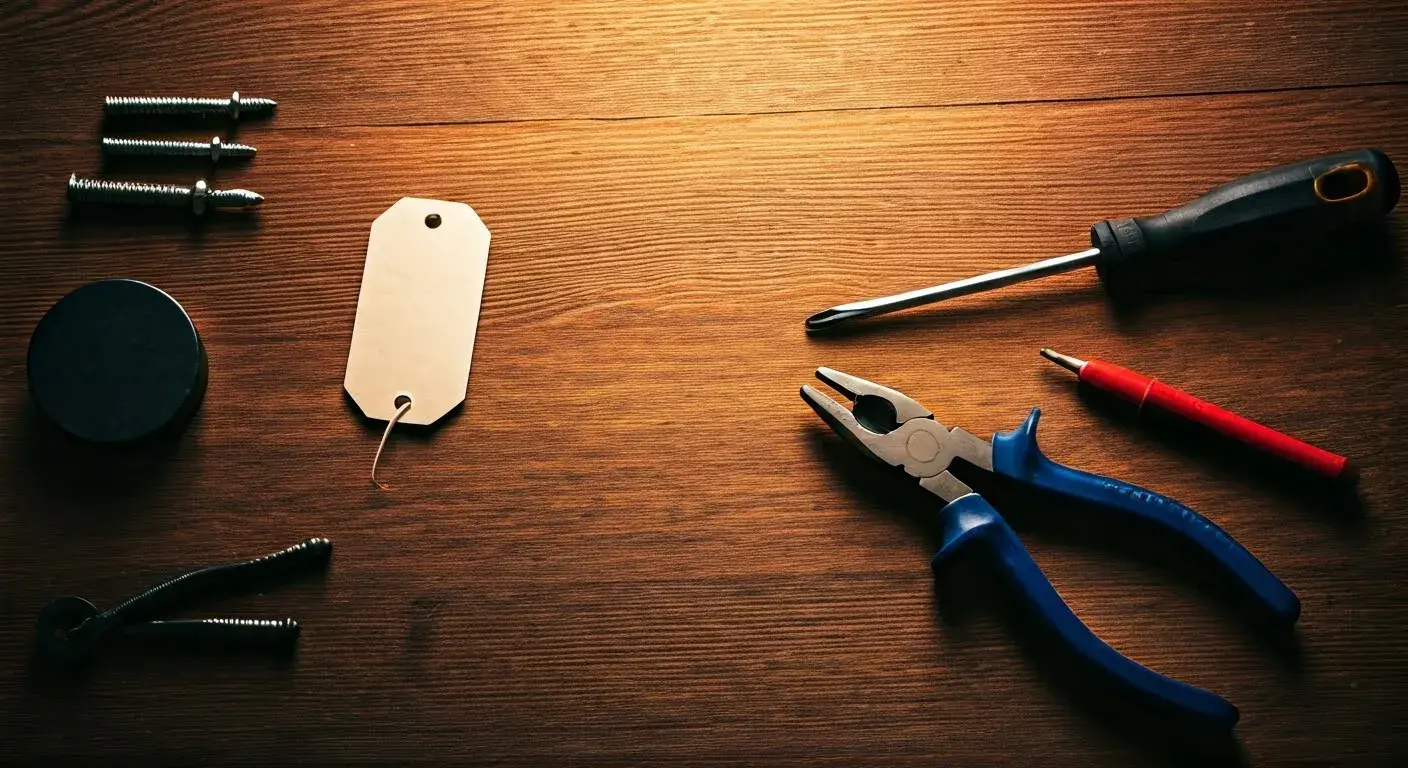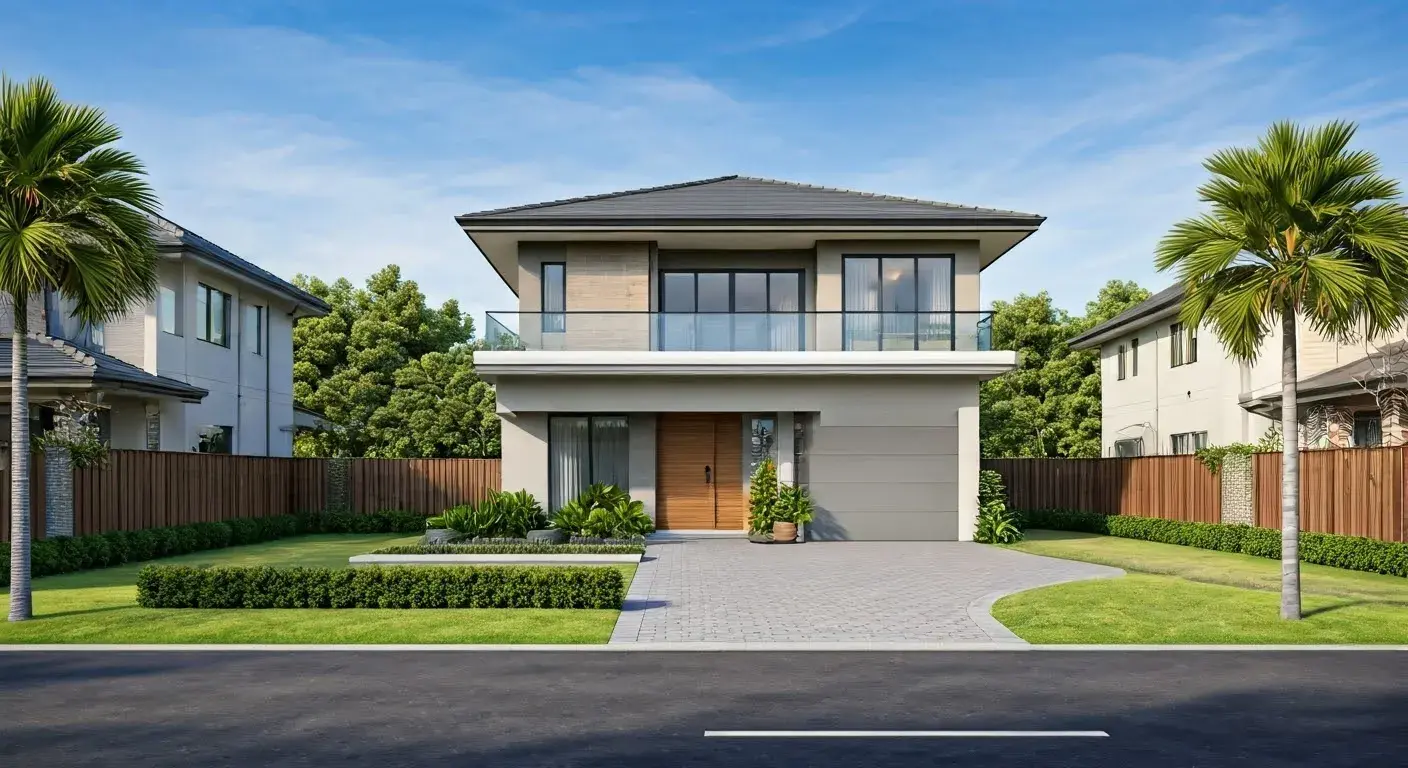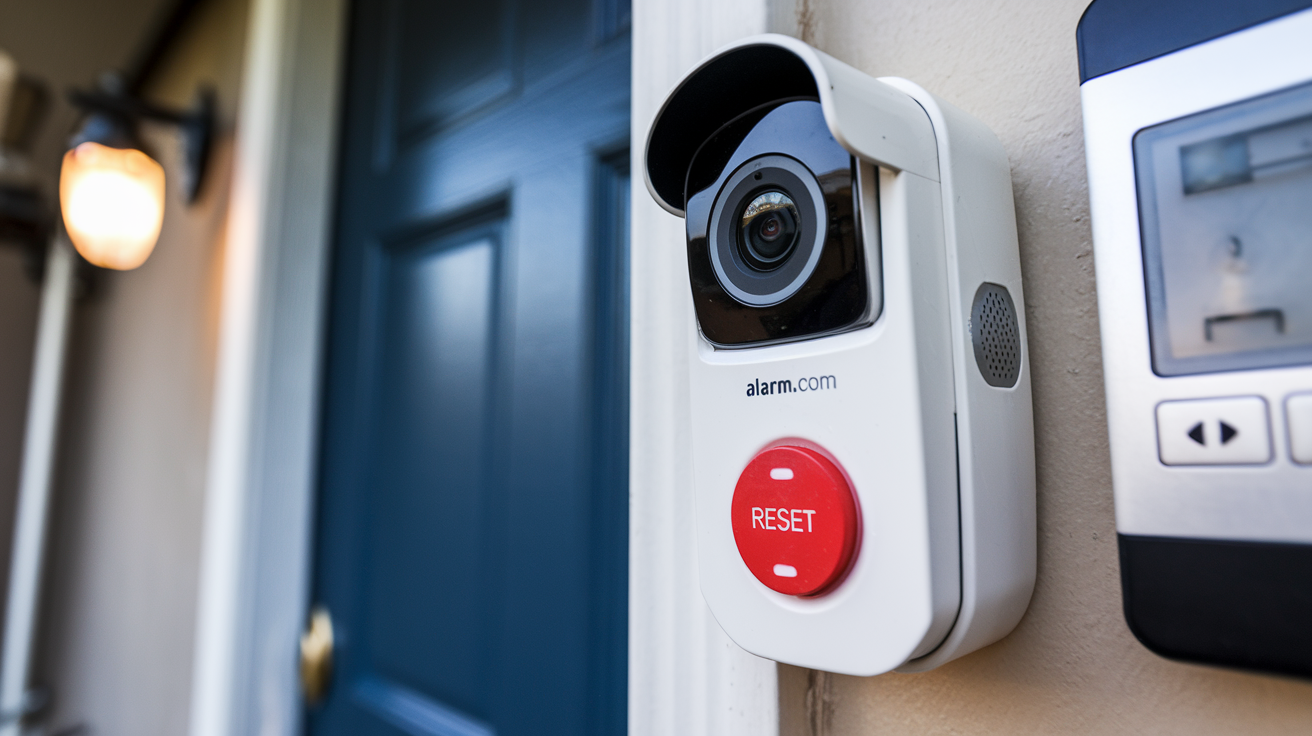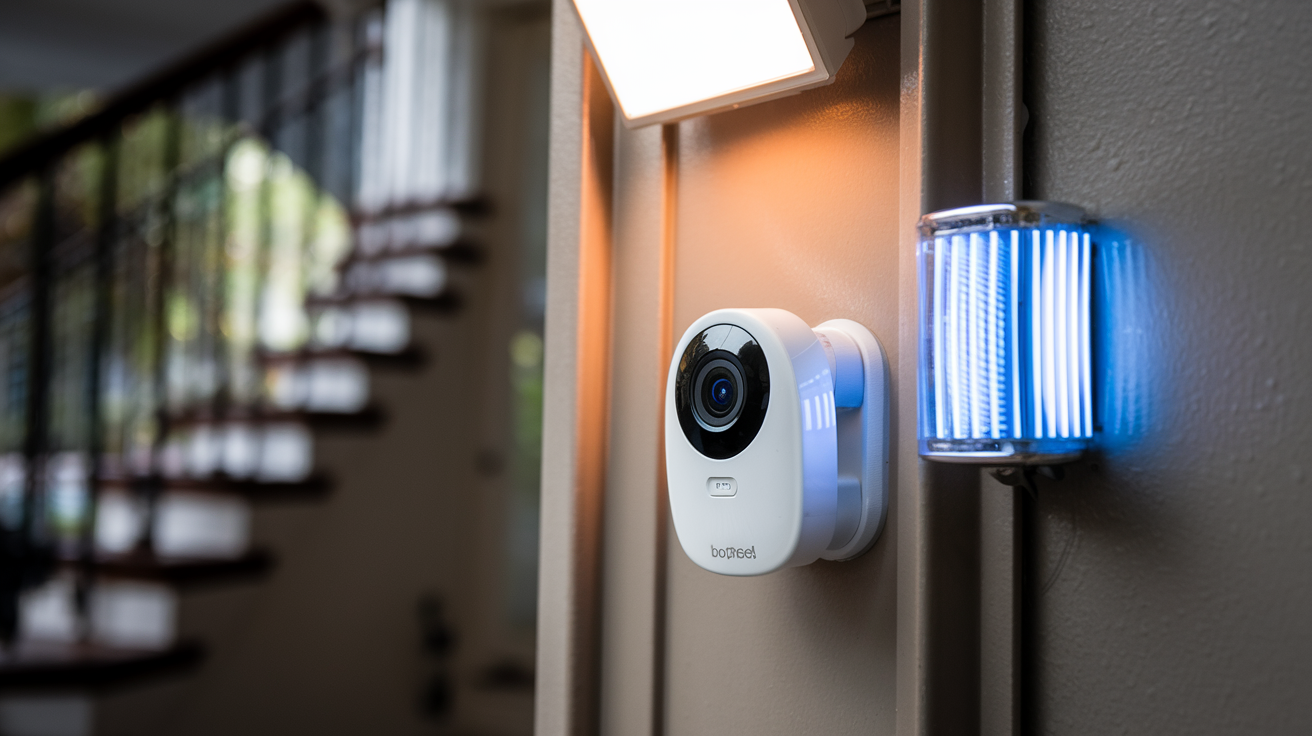Having a Home Security System is among the best ways of preventing break-ins and ensuring that your home is safe. But what does a home alarm system cost? The costs can fluctuate based on the type of system, extra options, purchase or rental, and professional installation. I will explain how cost is influenced by various factors, thus helping you anticipate costs.
Elements of a Home Alarm System
All home alarm systems have three basic parts:
- Control panel–This is the central processing unit of the whole system, which is often a very small enclosure placed somewhere out of sight such as in a closet or a basement. It interfaces with sensors and controls the system.
- Sensors - These identify any violation by tracking doors, windows, movement, breakages, and or vibrations among others and the most common are door/ window magnetic contacts, movement sensors, glass break sensors, and video cameras.
- Keypad – This allows you to set and unset the system using a numeric code. It is usually located on a wall where there are doors that lead outside.
Other features such as smoke and carbon monoxide alarms, alarm push buttons, and temperature and water leakage alarms can also be incorporated. Specifically, he stated that with more parts and sensors integrated into the system the total cost increases.
Alarm Monitoring Costs
Most home alarm systems come with features that enable people to monitor their alarms through a smartphone application and push notifications. However, there is professional monitoring through a central station, which offers additional protection. The monitoring company remains alert for alarm signals and alerts the emergency service providers when necessary. This service ranges from $15 per month to $60 per month.
Factors That Impact Cost
Here are some of the main factors that determine overall home alarm system costs:
Type of system: Wireless systems are usually cheaper than wired systems. DIY systems are cheaper than professionally installed systems, as well.
Number of sensors and devices: The more you add, the higher the price of the corresponding product is going to be. It is normal to install ten to fifteen sensors in a medium-sized home.
Home size: The larger the home, the more sensors are needed which are installed over a wider area hence incurring higher costs.
Advanced features: Additions like home automation integration, video monitoring, touch screens, etc. increase the cost.
Monitoring plan: Self-monitoring also results in increased overall costs due to the additional investment in professional monitoring.
Brand: Companies such as ADT and Vivint are more expensive than those of the budget DIY system, which are quite inexpensive.
Leased equipment vs. purchase: Leasing generally comes with REQUIRED monitoring plans as well as long-term contracts and that elevates the lifetime costs significantly. Leasing equipment is typically more expensive than outright purchase.
Installation: While ‘Do It Yourself’ is cost-effective, professional installation comes with added accessibility and assurance of correct installation.
You will notice, therefore, that home alarm prices can be quite different due to the range of devices, features, services, etc. However, the average cost of a home ventilation system ranges between $200-$1000 which includes the cost of purchasing the system as well as installation. Here’s a quick breakdown:
Entry-level DIY alarm system: $200-$500 Higher-end DIY system with more sensors: $500-$800 Professionally installed wireless system: action costs in the range of $800 to $1500. A high-end professionally installed system with all the bells and whistles: >$1500+
These prices relate to equipment costs only and at purchase only with no options for leasing. If choosing a professionally monitored system under contract, be prepared to pay an additional $40-$60+ monthly.
Ways on How to Reduce the Cost of Home Security Systems
Here are great tips to get security protection for less:
- Select a DIY wireless system to avoid additional costs of installation. SimpliSafe, Ring, and Abode are some of the companies that provide relatively cheap equipment that can be easily installed without hiring a professional.
- They also entice you to buy equipment rather than lease the equipment. Buying your system outright is cheaper by thousands than leasing it for the long term.
- Avoid professional monitoring altogether, especially if you are on a tight budget. Self-monitoring using an app provides immediate notification.
- Opt for used equipment but be sure to get good quality hardware for at least half the price.
- Make sure to go shopping during holiday sales. Almost all security brands have special prices and/or offers and other packages.
- A basic study should first be conducted and then a detailed one can be done later. The method of adding sensors one-for-one does not entail large capital costs at the onset.
- If opting for a monitored plan, try to compare the services and prices offered for the same. Prices can vary.
The Bottom Line
Purchasing a good home alarm system is quite useful and offers a good amount of security. New methods of DIY make it possible not to spend much money to have a guard 24/7. Being careful with the equipment costs, additional features, and monitoring rates can help one to remain within the budget while ensuring safety.
Protect your home today with ADT’s top-rated security solutions!
Call now at +1 877-470-7879 to get a free consultation and find out how you can secure your home with the best in the business. Don’t wait—ensure your peace of mind with ADT!
